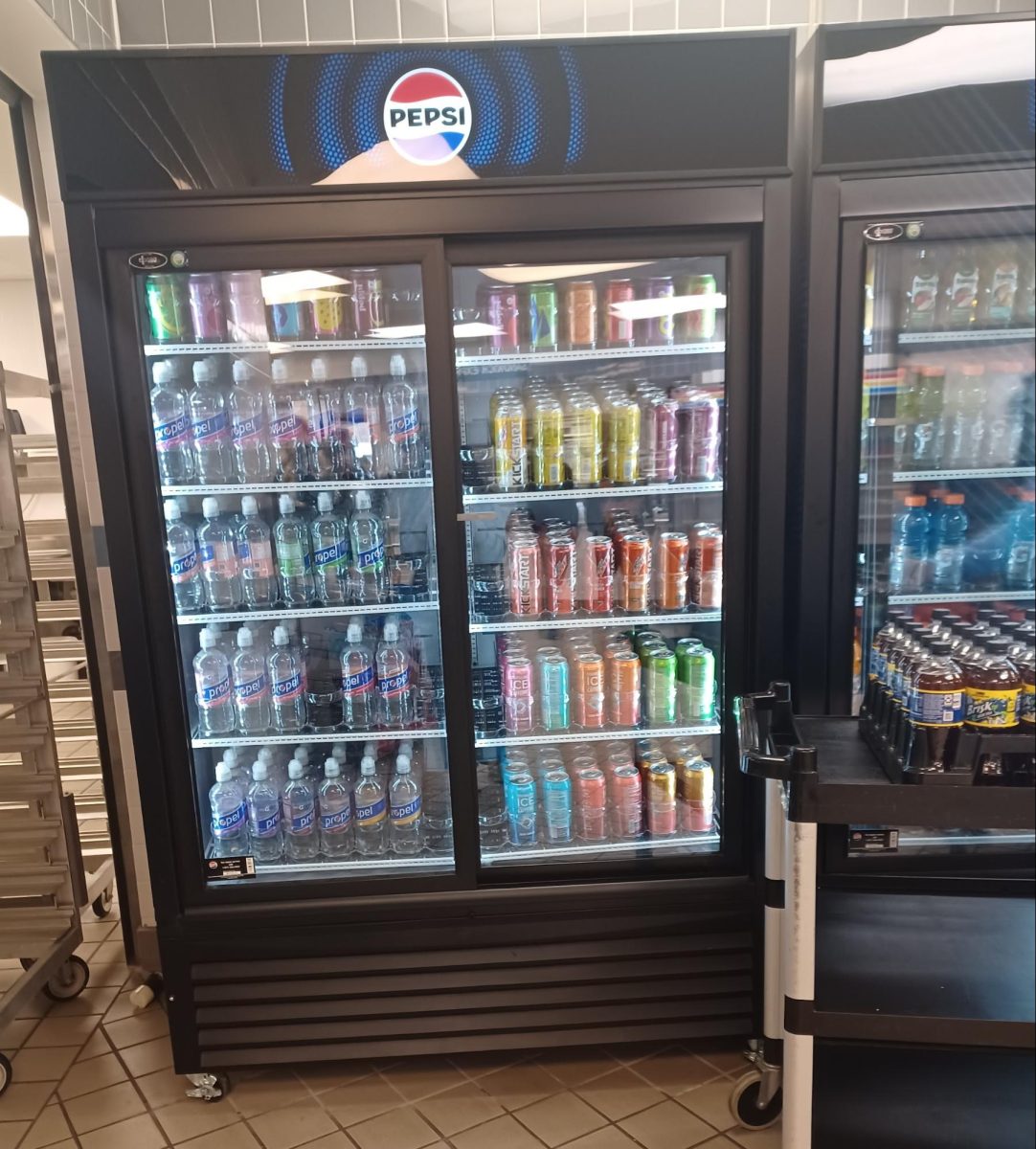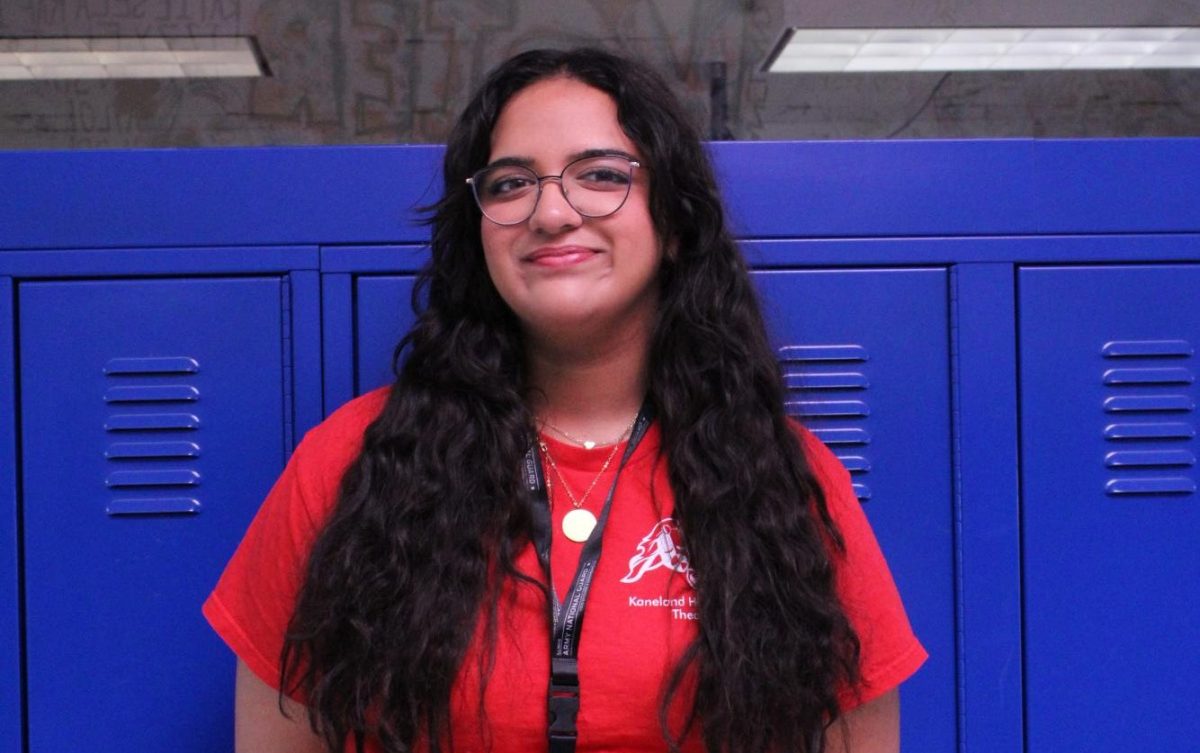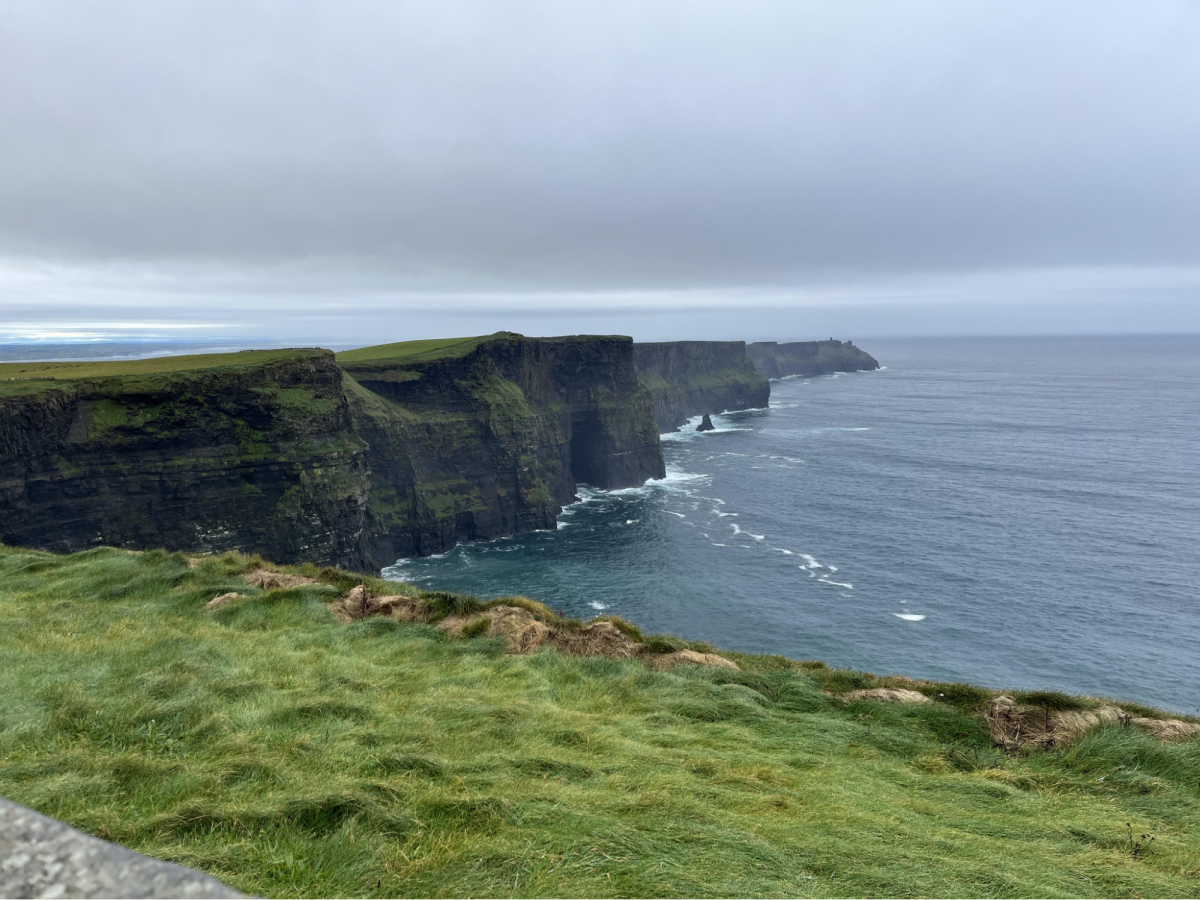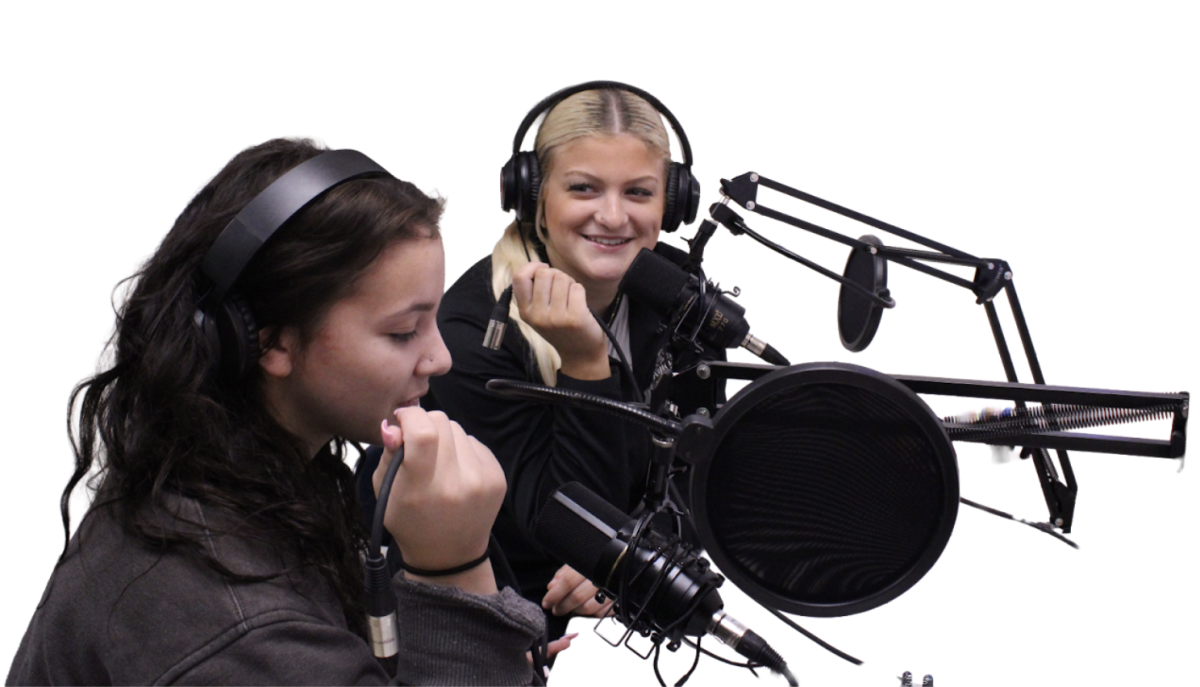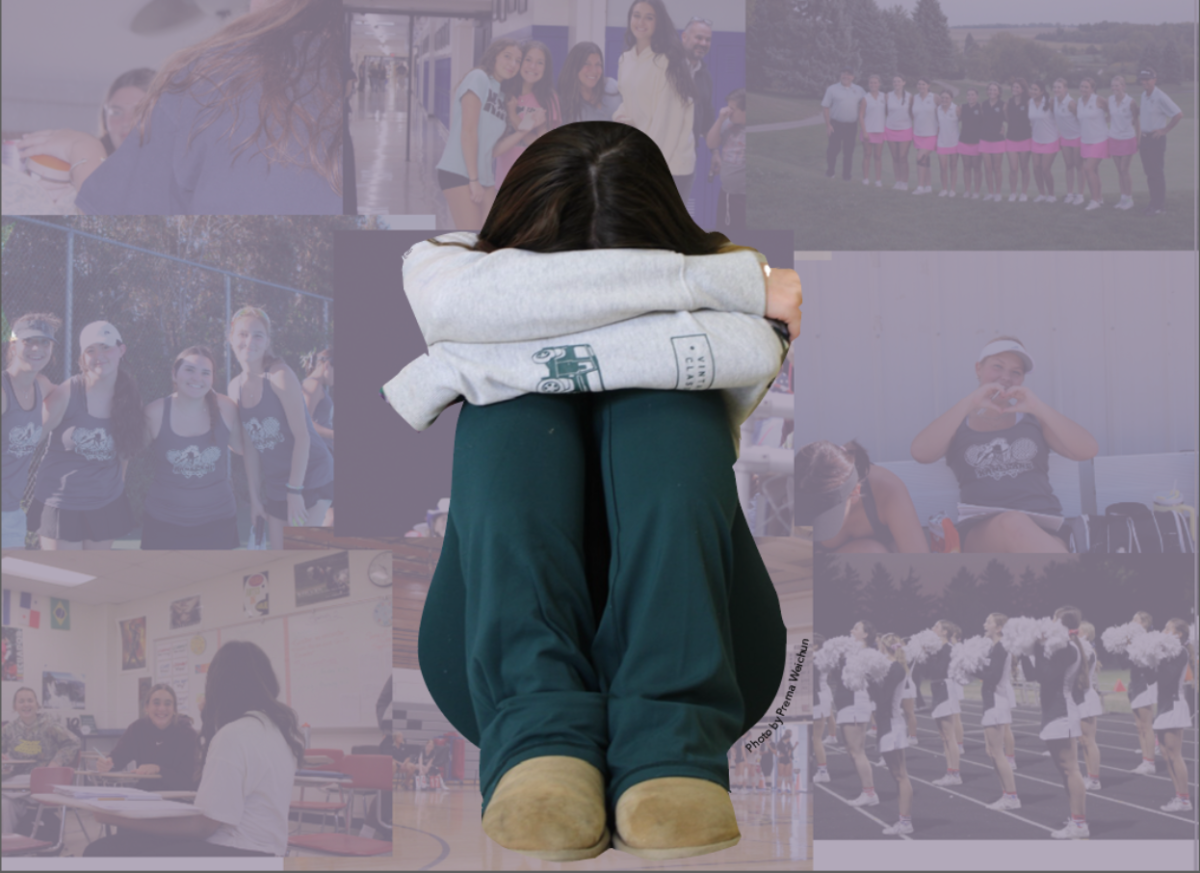For many teenagers, social media is an essential outlet for self-expression. While this can take the form of posts about relationships or hobbies, according to the Pew Research Center, it has also turned into a platform for 59% of teenagers to express grievances about politics or a lack of social justice.
Since it may appear to some that there are a limited number of changes a student can make within their community, it is natural that they turn to social media to voice their opinions. Students may be inspired by large social media movements that received national attention, like Black Lives Matter to tackle police brutality and #MeToo to address sexual abuse. With these successes, people are optimistic about their own online impact.
“Social media can be a megaphone, and I want to use my voice for important issues that are overlooked,” junior Laney Cattero said.
Cattero knows that online activism can help spread the messages she would like others to hear. Although an Instagram story may not change the world, it is great for informing people about what is going on, an important first step in making a difference. Easy to read infographics and short posts about breaking news can make complicated situations more digestible.
“I feel like posting on social media is just like a drop in the ocean, but I keep sharing hoping to create a wave,” Cattero said.
The University of Sussex points out that online activism gives marginalized groups a voice, increases access to information and has brought about tangible change in certain instances. For example, the Black Lives Matter movement led to the introduction of some police reforms and police officers who committed violent, racist attacks being held accountable. These reforms began with online posts, then flourished into physical protests and then led to actual change. The University of Sussex does point out, however, that posting without any additional action outside of the post is not how change is generally brought about.
“Simply posting on social media doesn’t and won’t solve a complex social justice issue, but I also believe that it’s a good tool for education and connection,” Cattero said.
More concerns about online activism include the possibility that people may only be making these posts for public attention, rather than for genuine compassion for social justice. These individuals, often celebrities or influencers, will post without taking any action for the cause and make the movement into a trend. This pressure to post without truly thinking about the content may lead to the spread of misinformation as well, which has the potential to harm a movement. The feeling of being expected to repost about certain issues may lead people to feel overwhelmed by information and guilty for not posting, so instead they post because they feel obligated to, not because they truly care.
At Kaneland, a club focused on taking action related to social issues is the Science and Environmental Impact Club. They focus on spreading awareness and making the school more environmentally friendly. Senior co-presidents Trevor Pabian and Sarah Syed create lessons and activities to advance this effort.
“The biggest thing we did was plant a tree on our school’s campus,” Pabian said.
Any method of trying to inspire change could prove difficult, but it is vital to persevere through hardship. Cattero receives criticism from peers about her political opinions and posts, while Pabian has to convince teachers and administrators to support his attempts at improving the school.
“You need to keep bothering administrators over and over for them to actually listen,” Pabian said. “Don’t just email them. Following up in person is a great way to get the idea into their head.”
Participating in online activism is still beneficial in its ability to spread awareness and educate people, but combining it with physical activism will create the most change.
“The steps that I take outside of social media to support causes is having open-minded conversations with other people,” Cattero said. “I make lifestyle changes to help the environment, but I mainly use my art to provide messages through images.”
While it might not be possible for one person to change an entire societal or political issue on their own, it is possible for anyone, even teens, to be a piece in the puzzle of educating and shaping their communities.
“Don’t just talk about change; try to be the change,” Cattero said. “Learn as much as you can about issues, and have conversations with people in your community.”


